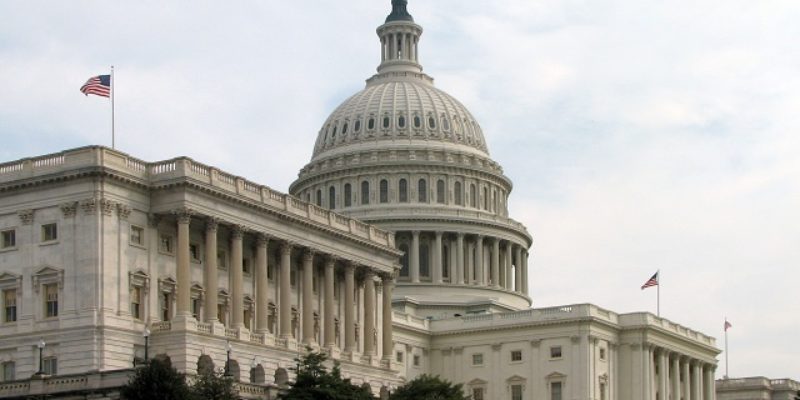The Trump train is chugging along in DC as his transition plans begin to take shape. Cabinet hires are being made, relationships are beginning to take shape and presidential tweets fly out each morning to throw proverbial tennis balls around the yard for the media to chase that day. Welcome to the new America.
All the while, a few policy reports have come out this week for the incoming Administration and Congress to consider as they develop the 2017 agenda. Expect many more, similar to those outlined below, to soon follow.
First, the National Association of Manufacturers (NAM) unveiled their proposed plan for building economic growth for American manufacturing. That plan and other facts about the manufacturing industry can be found at http://www.nam.org/competingtowin.
Included in this report are proposals to reform the tax code, enhance smart trade opportunities, implement an “all of the above” energy strategy, build a competitive workforce and improve our aging infrastructure. The report also detailed some statistics to explain the critical role manufacturing plays in Louisiana.
Manufacturers employ over 7% of Louisiana workers, roughly 150,000 people, and accounts for over twenty percent of Louisiana’s economy. These jobs on average pay roughly $82,000 per year. Energy and chemical manufacturing lead the way in Louisiana, serving as the majority of the over $33 billion in manufactured goods exported in Louisiana last year. Of these exporters, over 84% are small businesses.
Without a doubt, an effective federal approach to building a strong American manufacturing renaissance will greatly benefit Louisiana.
Then, another report was revealed this week to shine a spotlight on a spending problem that can be found infecting government in some manner at all levels.
The Washington Post had an article this week entitled, “Pentagon buries evidence of $125 billion in bureaucratic waste”. It can be found here: http://wapo.st/2hewnfi
This report was originally crafted by a board of business representatives and consultants created to find savings at the Pentagon that could be reassigned to more critical defense investments. This group saw their report buried last year, but it is now getting renewed attention.
The lion’s share of the report’s proposed savings came from what is known as the “fourth estate,” which are the agencies that provide back-end support to the armed forces and make up roughly 20% of the entire defense budget. The report said $250 billion in savings over five years could be had by “streamlining bureaucracy through attrition and early retirements, curtailed high-priced contractors and better use of information technology.”
The report goes on to state that these savings could prevent more invasive defense cuts scheduled to soon go into effect under the 2011 Budget Control Act or the money could “cover operational costs for 50 Army brigades or 3,000 F-35 Joint Strike Fighters or 10 aircraft-carrier strike groups.”
The most striking quote in the article came from Dov Zakheim, a former Pentagon comptroller who served under President George W. Bush. He said, “Because we turn over our secretaries and deputy secretaries so often, the bureaucracy just waits things out.”
You get the point. The report shows significant savings can be had from the back-office side of the Pentagon that could then be redirected to the men and women on the front lines risking their lives to keep us safe. Sounds like an opportunity ripe for reform in the 2017 federal budget discussions.
This is not unique to the Pentagon. Savings on similar back-office/managerial expenditures can be can be found in every agency at every level of federal, state and local government. The struggle between the entrenched bureaucracy and the appointed secretaries and deputy secretaries to root it all out is a constantly evolving game of hide and seek that frustratingly repeats itself each cycle.
Perhaps, this time, this never-ending game has finally changed?
Reports, studies and analysis from a host of different groups will soon start spreading like wildfire in the nation’s capital and across the media news feeds. The new Trump administration has sent a clear signal they want new ideas and it appears they will soon have much to review and consider. The feeling by many is that for the first time, in a long time, outside the box ideas and approaches to the role of government and its spending habits will finally be considered. Time will tell if that indeed happens, to what extent and to what effect.
Advertisement
Advertisement

